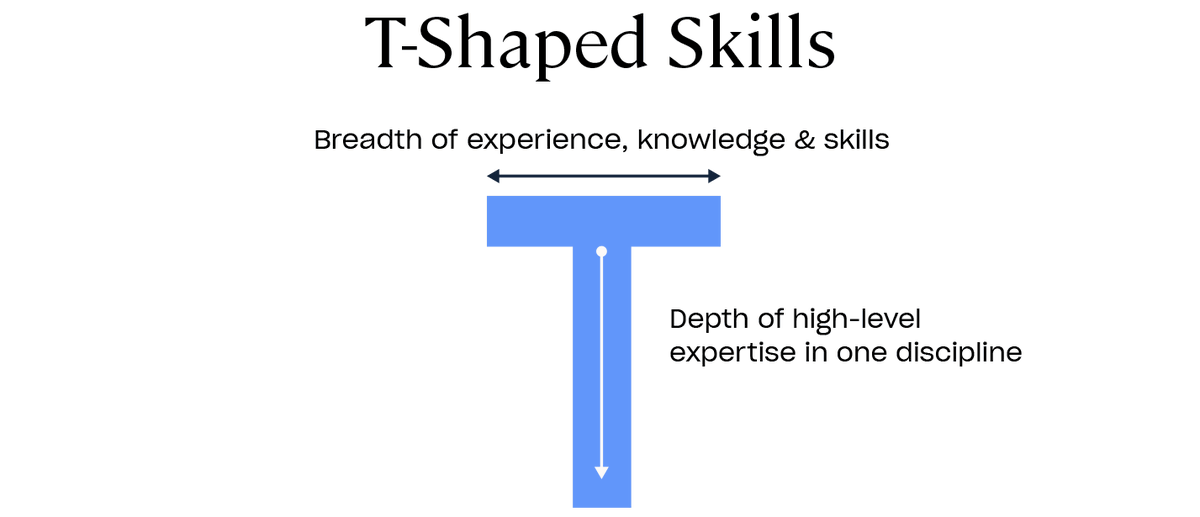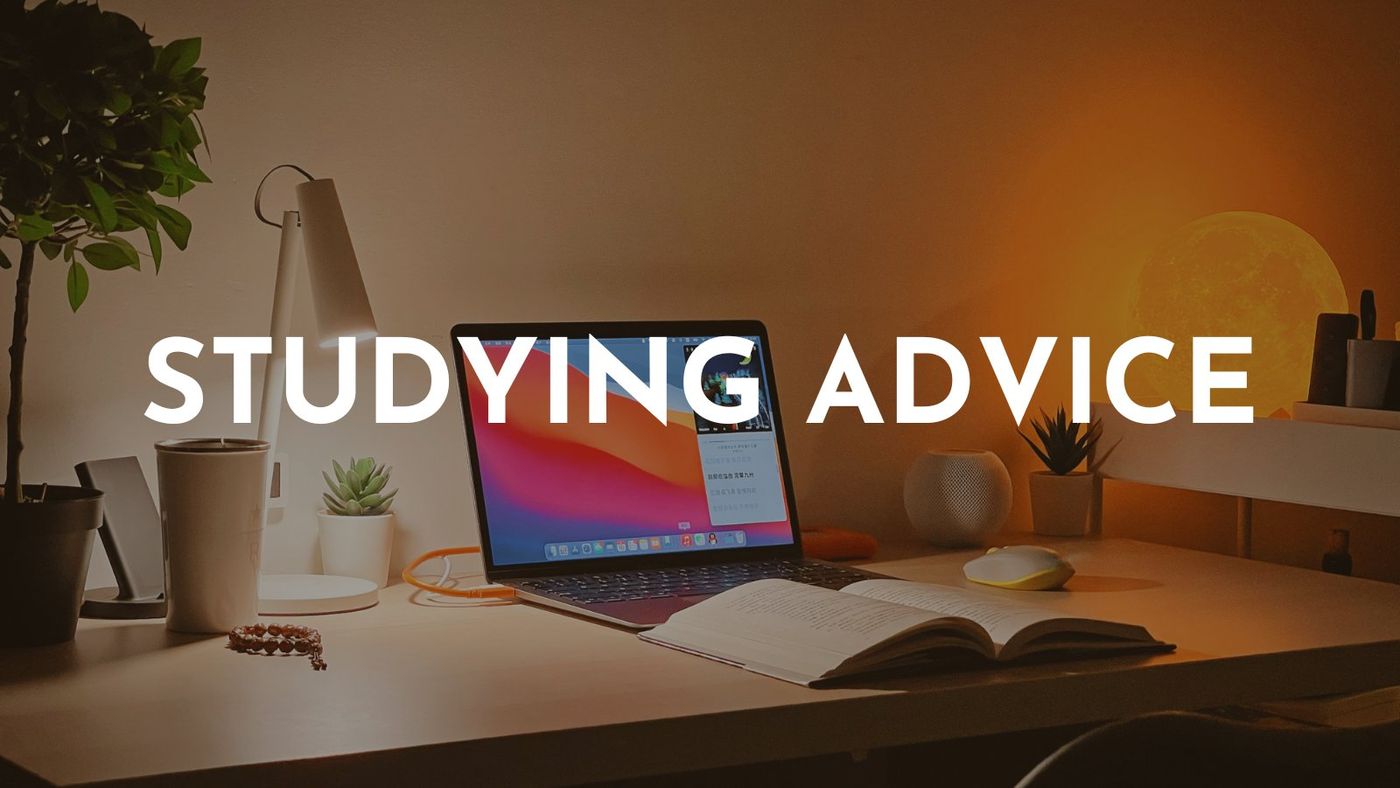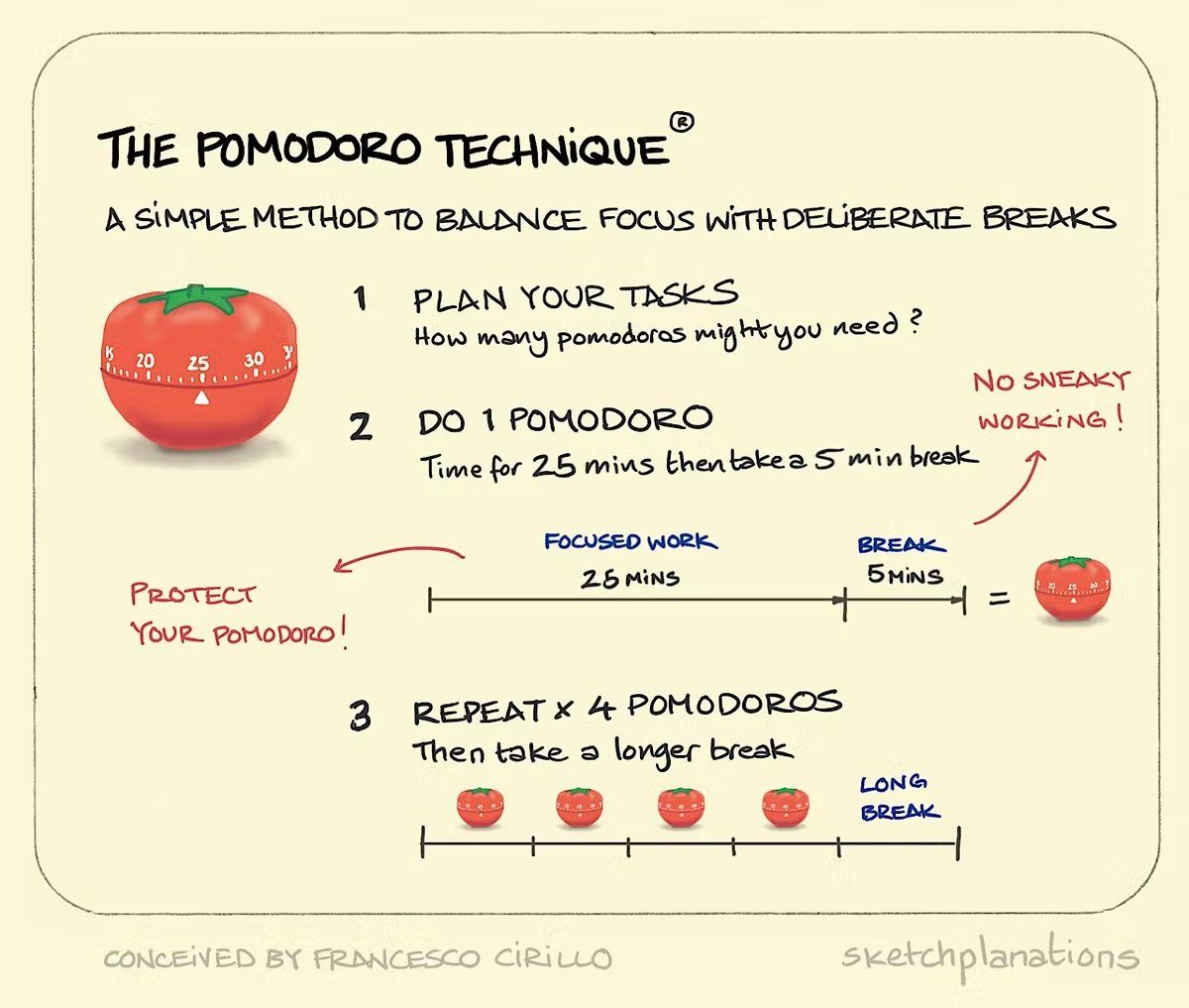Read Bigeng|The DeFi Edge’s Cryptocurrency Research Framework·External Chapter
The well-known cryptocurrency researcher The DeFi Edge often shares specific steps for various " DYOR " (Do Your Own Research) on Twitter. Last time we introduced his cryptocurrency research framework ( original link ), it emphasized the professional skills " within " the encryption field; continuing to explore, this time we focus on things "outside" the encryption field. , this may be a part that everyone seldom touches, but it is equally important!
I received the author's permission via private message, allowing me to quote the material (especially the pictures) in the article to write this appreciation .
The DeFi Edge’s Cryptocurrency Research Framework 1. Underlying Technical Understanding (Technical Understanding)
2・Profit Skills
3・Crypto Skills
4・Areas Outside Crypto
■ The DeFi Edge Cryptocurrency Research Framework: Fields Beyond the Currency Circle
The author encourages everyone not to immerse themselves in the currency field all day long. Such a tunnel-visioned vision is too narrow. We should build our own "T-shaped" skills:
- Transversal (Breadth): Broad knowledge of multiple disciplines.
- Vertical (depth): Studying a field in depth.

Next, the author uses his own situation as an example to explain to everyone:
✍️Expand breadth: learn from classic works
You can't cover everything, but it doesn't matter. For example, in order to study the field of encryption, the author first lists the related subjects in a row. There must be several master-level classics on each topic . Let's start with these books:
≣ Topics related to the crypto field ≣ Finance
≣Accounting
≣ Tokenomics
≣ Cryptography
≣Decision making
≣ Macroeconomics
≣Risk management
≣ History of Markets
≣ Behavioral Finance
*
✍️ Dig deeper: Say no to certain information
Cryptocurrencies are evolving so fast that we can’t keep up with everything. Therefore, you have to set priorities and focus on a track that interests you the most. You must also make choices to "cut off" information. Decide in advance which topics you want to target and which things you want to avoid?
As far as the author is concerned, what he is most concerned about is the DeFi track. He has set a rule for himself: " Don't pay attention to NFTs, don't pay attention to individual stocks, and don't pay attention to certain public chains " to avoid unnecessary consumption of attention; instead, focus on Invest in these areas:
≣ New Protocols
≣ New Technologies
≣ Real-world adoption
When he evaluates a new protocol, he will conduct questioning from five points: " strategy, execution, people, cash, and token economics ."
*
✍️ Start learning from the source of information
Although it is very tempting to directly read lazy bag articles/videos compiled by others, you must keep in mind that before learning from others, you'd better have your own opinions first , so as not to be influenced by other people's subjective opinions. Walk.
Let’s start with a project’s white paper, official Medium and GitHub!
*
✍️Looking for FUD
FOMO (Fear of missing out) [Chinese translation] FOMO (fear of missing out on opportunities). FUD (Fear, Uncertainty, and Doubt) 【Chinese Translation】Fear, confusion, doubt (fear, uncertainty and doubt).
It is always easy for the public to feel FOMO and fall into confirmation bias by saying that this project is so great.
But the author will ask himself to look for FUD, and he must hear the opposite position. This is the wonderful use of Twitter ! Look for factors that might cause the project to fail and think further.
■ The DeFi Edge gives some suggestions on "learning"

✍️Create your own "To-Read List" system
For example, the author uses Chrome's plug-in "Notion Web Clipper" to include articles that he currently cannot understand (or cannot find time to read) into his "To Read" database; schedule them weekly Set aside a special period of time to calm down and study them carefully.
*
✍️ Value “intensity” over time invested
The author usually conducts research in the morning because that is when he is most focused. The key is not how long your research is, but how "intense" your research is .
Time x Intensity = Work Done
Like going to the gym, 25 minutes of intense exercise is more effective than 2 hours of loose training.
*
✍️ Completely focused
When doing research, do not let any external things interfere with yourself. You might want to turn off notifications on social media, put your phone in another room (out of reach), and finally try the Pomodoro technique .

Everyone can develop a Pomodoro cycle that suits their own style. In the author's case, he spends 50 minutes on research and then takes a 10-minute break.
🍅 Pomodoro technique
Simple ways to maintain focus through "intermittent breaks":
① Plan your task: how many Pomodoros you need.
② Do a Pomodoro: take a 5-minute break every 25 minutes of work.
③ Repeat Pomodoro 4 times, then take a long break.
*
✍️ Use Feynman learning method
Richard Feynman was the winner of the Nobel Prize in Physics in 1965. What was so unique about his approach to learning? The secret is that once you learn it, try to explain it in a simple way (in your own words) so that a 12-year-old can understand it .

🎩 Feynman Learning Method ① Select a learning topic.
②Teach: Try to teach yourself or teach others.
③ If the results are not satisfactory, go back and review it again.
④ Simplify your explanation further and create an analogy.
*
✍️ Plan your information list carefully
Quality over quantity. Diligently maintain and update your information sources (Twitter, news sites, podcasts).
*
✍️ Establish a "note-taking" system
Taking notes can improve understanding and memory. I recommend everyone to read the book " Building Your Second Brain " by Tiago Forte. This is about the method level of "Note-Taking"; there is also the software level. , finding a set of useful tools will definitely help you get twice the result with half the effort.
The "note-taking" system created by the author for himself combines Zettelkasten (card box note-taking method) + Obsidian (software) .
*
✍️ Take appropriate rest
The author only does up to 4 hours of in-depth research every day.
*
✍️ The head is so strong
Before you do your research, you need to ensure a solid foundation— a healthy brain .
Exercise often.
Stay hydrated.
Get nature time.
Eat brain food: fatty fish, greens, berries.
Find healthy ways to deal with stress.
Use social media with restraint (Limit social media).
*
✍️ Probabilistic thinking
Nothing is 100% guaranteed, and your research is only to increase your " chances " of success.

🌱 Join [ Zhongshu Nervous System ] Wailuo👇
The special topics #Reflections on Writing and #热内真情are being serialized.
🌱I appear on other platforms👇
【 Facbook | Twitter | Liker Social | Matters | Medium | vocabulary 】
🌱My teaching articles and invitation links👇
≣Register noise.cash | Become a "noise coffee" and experience social finance together .
≣Register Presearch | Search to earn three birds with one stone .
≣Register for MEXC | Go to the Matcha Exchange to redeem OSMO and play wool .
≣Register Potato | Learn three things from Potato Media .
Like my work? Don't forget to support and clap, let me know that you are with me on the road of creation. Keep this enthusiasm together!








- Author
- More